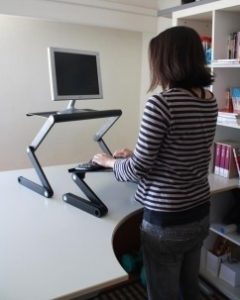
Regardless of which one is actually true, the truth is that most of us have desk jobs, where we sit down the majority of the day. And even if sitting doesn’t end up killing us, pains From Sitting at a Desk can leave us stiff and uncomfortable.
Luckily, your achy back, sore neck, and popping joints are probably due to your chair and desk setup at work, which is very easy to fix.
So, instead of an expensive visit to the chiropractor to soothe those aches and pains from your desk job, try these easy tips to feel your best:
Customize your seating. Adjust your office chair so that it is slightly tilted back and comfortably supports your spine. This will help relieve lower back pain. Make sure your feet are planted flat on the ground and that your hands can comfortably reach the mouse and keyboard (you’re not hunching over the desk).
Take a walk. Moving around will help get your blood moving and prevent joint stiffness. Small breaks are also good for your brain, and can lead to increased creativity, better focus, and increased efficiency. Take a 20-minute walk during lunch and try to get up and move every hour if you can.
Try standing. Sometimes a change of perspective is all that’s needed. Standing at your desk engages muscles that you do not use while sitting, and gives your neck and lower back a break. To see if standing is right for you, try it for an hour or two and then go back to sitting.
Wear comfortable shoes. Even if you’re sitting, high or uncomfortable shoes can affect your posture and strain your joints. Comfortable shoes are especially important if you plan on standing at your desk. Look for good arch support and add an insert for extra support if needed.
Stretch regularly. Neck and shoulder rotations are especially helpful for office pain, and can be done anywhere and any time.
- To stretch your back, plant your feet shoulder-width apart and slowly rotate your shoulders, breathing normally and shrugging them up and down every once in a while. Afterwards, cross one arm across your chest and pull gently on that elbow with your other arm. Repeat with the other arm.
- To stretch your neck, sit up straight and slowly look over your left and right shoulders. Tilt your head back until you feel your chin muscles go taught, and tilt your head forwards with your chin towards your chest. Then, slowly roll your head in a large circle and repeat in the opposite direction.
- To stretch your wrist, turn your hands palms up and place them on the edge of a table, with the insides of your arms facing away from you. You can also individually bend each finger towards the back of your hand to work additional cricks.
- Invite a massage therapist into the office. This is a great office activity to boost morale. Invite a massage therapist once a month or once a quarter to the office to give massages and also to educate employees about health and wellness. Your colleagues will thank you!
Despite the media’s claims that sitting at your desk will lead to your death, it’s all about finding the right desk setup for you and your body. And that will look different for everyone. Try new things, like standing for an hour or going on a walk. Stretch at the office and when you get home. And, don’t believe everything you read in the news.
Picture: https://www.pinterest.com/pin/144607838007688103/

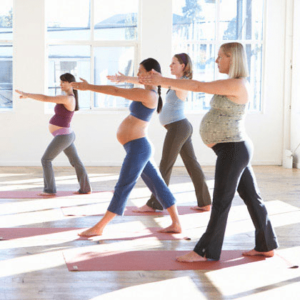
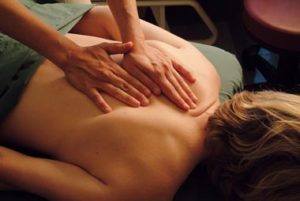
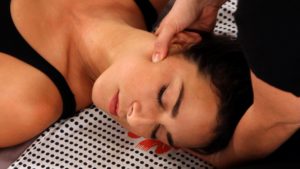
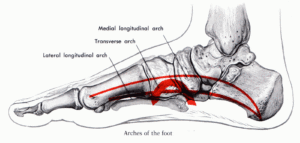

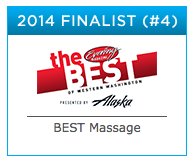
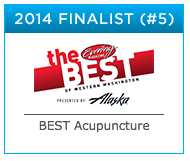
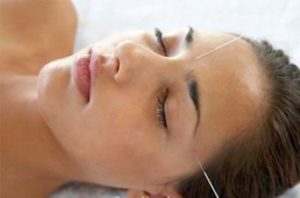
 Sure, earrings are pretty and clothes are nice, but what do you think about giving a gift that can boost your friend’s mood, improve immunity, and make a positive impact on his or her overall health?
Sure, earrings are pretty and clothes are nice, but what do you think about giving a gift that can boost your friend’s mood, improve immunity, and make a positive impact on his or her overall health? 